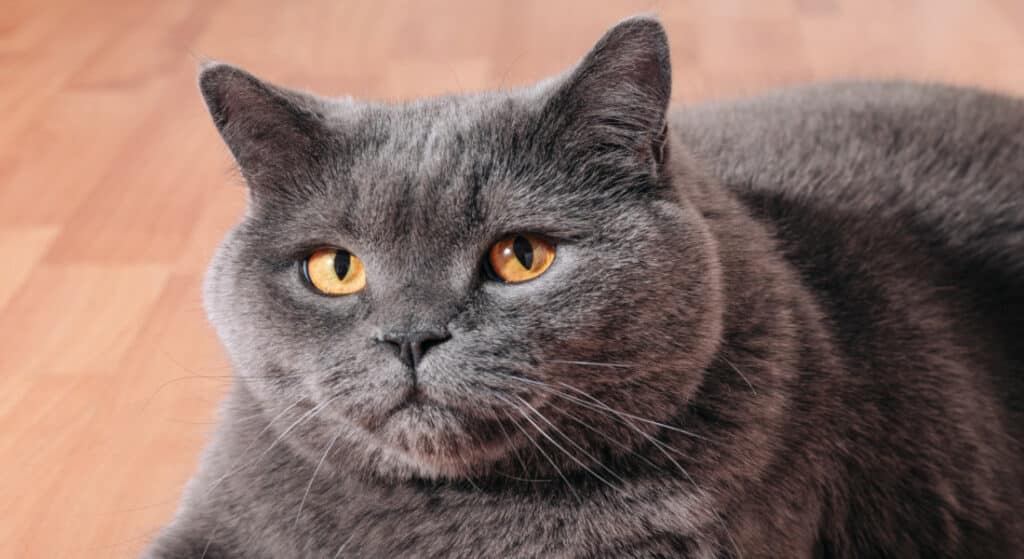
The Differences Between Male and Female Cats
This article explores the physical, emotional, and behavioral differences between male and female cats.
While every cat shares many common traits, there are distinct gender differences between male and female cats that set them apart.
These differences influence their behavior, health, and even how they fit into your household. This article examines the key distinctions between male and female felines so that you can better understand and care for your furry friends.
Physical Characteristics
One of the most apparent differences between male and female cats is their physical appearance. While it’s not always easy to distinguish them at a glance, there are some notable distinctions…
- Size
Male cats are generally larger and heavier than females. This difference in size can be subtle, but it’s more noticeable in some breeds. - Facial Features
Male cats often have broader heads and more prominent facial features than their female counterparts. - Genitalia
The most apparent distinction is the genitalia. Male cats have testicles located in the scrotum, which is absent in females. Female cats have a slit-like genital opening.

Behavioral Differences
The behavior of male and female cats can vary significantly, driven by hormonal differences and individual personalities…
- Territorial Behavior
Male cats are known to be more territorial than females. They may mark their territory by spraying urine or exhibiting aggressive behaviors to protect their space. - Hunting Instinct
Both genders possess strong hunting instincts, but males often display more active hunting behaviors. They may be more inclined to chase and “hunt” toys or play-fight. - Socialization
Female cats tend to be more social and affectionate than males. They often seek attention and enjoy cuddling, making them a great choice for households with children or other pets. - Aggression
Male cats can be more prone to aggressive behaviors, especially when they are intact (not neutered). Neutering can help reduce aggressive tendencies in male cats.
Reproductive Characteristics
One of the most significant differences between male and female cats is their reproductive anatomy and behaviors…
- Heat Cycles
Female cats, also known as queens, go into heat, or estrus, approximately every three weeks during breeding seasons. They may become more vocal or affectionate and may spray to attract males. - Neutering/Spaying
Neutering (removing the testicles) in males and spaying (removing the ovaries and uterus) in females is common to control their population and prevent undesirable behaviors. Spaying also eliminates the risk of pregnancy and related health issues. - Mating Behaviors
Male cats, or toms, may roam in search of females in heat. They can be quite persistent during mating season, which can be problematic for owners who want to prevent unwanted litters.
Health Considerations
There are some health differences to consider when caring for male and female cats…
- Urinary Tract Issues
Male cats are more prone to urinary blockages due to their narrow urethra, which can lead to life-threatening situations. It is crucial male cats eat a balanced diet and drink enough water, as this will reduce the risk. - Mammary Cancer
Female cats that are not spayed are at a higher risk of developing mammary cancer. Spaying before the first heat cycle significantly reduces this risk.
A Summary of the Differences Between Male and Female Cats
Understanding the differences between male and female cats can help you provide better care and companionship to your feline friends.
While there are some generalizations about their behavior and health, it’s important to remember that individual personalities and experiences play a significant role in how a cat behaves and interacts with its environment.
Regardless of gender, cats can make wonderful and loving pets when provided with proper care and attention.












